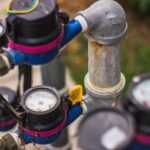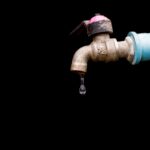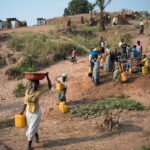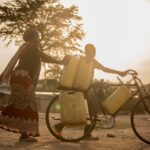Small Actions, Big Impact – How You Can Help Solve the Global Water Crisis
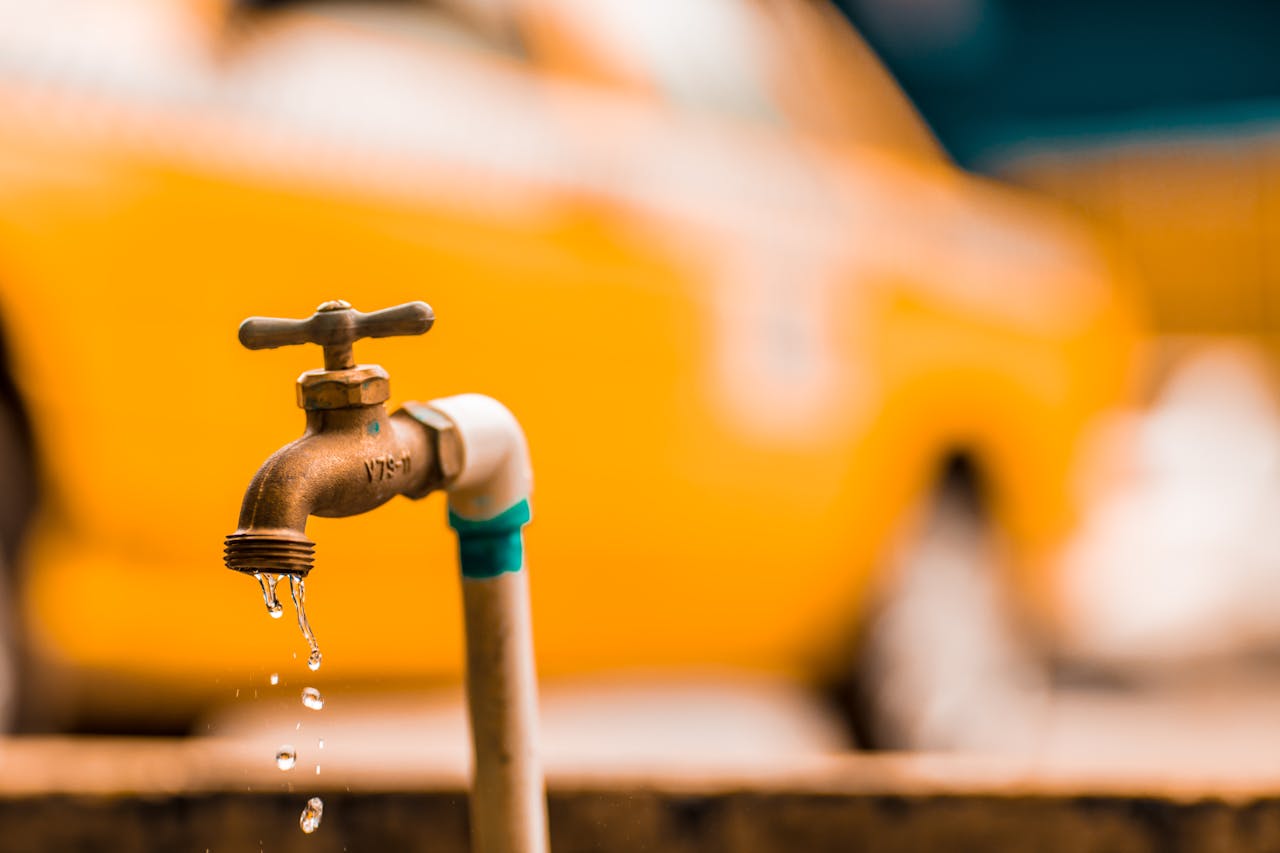
The world faces a growing water crisis. More than 2 billion people struggle to find clean water every day. Rivers are drying up, lakes are shrinking, and underground water sources are getting polluted.
This might seem too big for one person to fix. But history shows that big changes often start with small steps by ordinary people. When many people take action, even tiny changes add up to make a real difference.
Think about this: every drop of water we save stays in rivers, lakes, and underground sources. Every dollar we give to water projects helps bring clean water to someone who needs it. Every conversation we have about water raises awareness and can inspire others to act.
Understanding the Crisis
The water crisis looks different around the world. In many African cities, people wait hours in line to fill containers from water trucks. In Asian villages, falling groundwater levels mean wells are running dry. Even in rich countries, some communities face water shortages and pollution.
Climate change is making things worse. Rains are becoming less predictable. Some areas face worse droughts while others deal with floods. This hits poor communities hardest, especially farmers who depend on rainfall.
Cities face their own problems. Old pipes leak precious water. Growing populations need more water than ageing systems can provide. Many treatment plants can’t keep up with increasing pollution.
Personal Water Conservation
Small changes in daily habits can save surprising amounts of water. A dripping tap wastes up to 20,000 liters per year. A running tap while brushing teeth uses 6 liters per minute.
Here are simple ways to use less water:
- Turn off taps while soaping hands or brushing teeth
- Take shorter showers
- Fix leaky taps quickly
- Run full loads in washing machines
- Water plants early morning or evening
- Use a bucket to wash cars instead of a running hose
Understanding your water footprint helps set goals. This means counting all the water you use directly and indirectly. Many websites offer calculators to help track this.
Home Improvements
Making homes more water-efficient doesn’t always mean big expenses. Small changes can make big differences:
Start with fixing leaks. Even tiny drips waste lots of water over time. New washers for taps cost very little but can save thousands of liters yearly.
For bigger changes, look at:
- Water-efficient shower heads
- Dual-flush toilets
- Faucet aerators
- Smart irrigation controls for gardens
- Rain barrels for garden water
These improvements often pay for themselves through lower water bills.
Community Involvement
● Local Water Conservation Projects
Organize community borehole maintenance days and stream cleanups. Create demonstration gardens showing water-efficient farming techniques like drip irrigation. Work with local chiefs and community leaders to protect natural water sources. These visible projects help people see how their actions impact water availability.
● School and Workplace Initiatives
Help schools start water monitoring clubs where students check for leaks and wastage. Have quiz sessions for students to test their knowledge on water conservation. In offices and markets, form teams to oversee water use and fix common issues like leaking taps, pipes, or overflowing tanks.
● Community Awareness Programs
Host water education talks at community centers or places of worship. Organize visits to homes that use simple water-saving methods like rainwater harvesting. These neighbor-to-neighbor discussions often inspire more action than formal presentations.
● Starting Local Campaigns
Launch focused campaigns that address local water issues. Work with market women to promote proper water storage. Partner with local food vendors to demonstrate water-smart cooking practices. Use community radio and social gatherings to share success stories.
Lasting change needs community support. So start with small projects everyone can join, track your progress, and celebrate wins together. When people see their neighbors making positive changes, they’re more likely to follow.
Supporting Water Organizations
Many organizations work to solve water problems, but choosing which to support needs careful thought. Look for groups that:
- Show clear results
- Spend most money on projects, not administration
- Work closely with local communities
- Share detailed reports about their work
- Have good ratings from charity evaluators
You can help in many ways:
- Monthly donations
- One-time gifts
- Fundraising events
- Volunteering time and skills
- Sharing their work on social media
Focus on long-term support rather than one-time actions. Regular, small donations often help organizations plan better than larger, one-time gifts.
Educational Initiatives
Learning about water issues helps you make better choices. But it’s not just about reading facts and figures. Real understanding comes from:
- Following water experts and organizations online
- Watching documentaries about water
- Joining water conservation groups
- Taking part in water workshops
Sharing knowledge matters too. You might:
- Talk about water saving at school or work
- Share tips on social media
- Help friends understand their water use
- Start a blog about water conservation
Teaching children about water creates lasting change. They can learn through:
- School projects about water
- Games that teach water-saving
- Family activities like gardening
- Visits to local water bodies
Consumer Choices
Every product we buy uses water to make. A single cotton shirt needs about 2,700 liters of water. One hamburger takes about 2,400 liters.
Smart shopping helps save water:
- Buy less, choose well
- Pick products that last longer
- Look for water-efficient labels
- Support companies that care about water
- Choose second-hand when possible
Plastic water bottles cause special problems. They:
- Need lots of water to make
- Create waste that pollutes water
- Often contain microplastics
- Cost more than tap water
Food and Water Connection
Food choices affect water use more than most people know. Different foods need very different amounts of water:
- Vegetables usually need less water than meat
- Rice needs more water than wheat
- Local food often uses less water than imported
Cutting food waste helps save water. When we throw away food, we waste all the water used to grow it. Simple steps help:
- Plan meals carefully
- Store food properly
- Use leftovers
- Compost what can’t be eaten
Professional Involvement
You don’t need to change careers to help with water issues. In any job, you can:
- Start office water-saving programs
- Suggest better water practices
- Include water saving in business plans
- Connect your skills to water projects
If you want to work in water, many fields need help:
- Engineering
- Environmental science
- Public health
- Community development
- Education
- Policy making
Political Action
Governments make big decisions about water. Your voice matters:
- Know your local water policies
- Write to your representatives
- Attend community water meetings
- Support water protection laws
Voting with water in mind helps too. Look at:
- Candidates’ water policies
- Past actions on water issues
- Plans for water infrastructure
- Environmental protection ideas
Technology and Innovation
New tools make water saving easier:
- Apps that track water use
- Smart home water monitors
- Garden sensors that measure soil moisture
- Leak detection systems
You can help develop new solutions:
- Join water innovation contests
- Support water technology startups
- Test new water-saving products
- Share feedback about what works
Global Connection
Water connects everyone on Earth. Rivers cross borders. Rain clouds don’t stop at boundaries. This means:
- Problems in one place affect others
- Solutions can come from anywhere
- Working together works better
- Everyone’s actions matter
You can connect globally by:
- Following international water projects
- Joining online water communities
- Supporting global water initiatives
- Sharing ideas across cultures
Working on water brings people together. It helps us see that we all share one water supply and need to protect it together.
Measuring Success
Success in water conservation isn’t just about reaching a specific number – it’s about creating lasting change. Start by recording your monthly water bills to track household usage. Many water utilities now offer online dashboards where you can monitor your daily consumption patterns. Take photos of your water meter at the same time each week to spot trends.
For community projects, look at concrete numbers: how many people participated in beach cleanups? How many water-efficient fixtures were installed in local buildings? How much water was saved through leak repairs? Document these achievements through photos and stories to inspire others.
Set realistic goals for yourself and your community. Maybe you want to reduce shower time by two minutes or install rain barrels in 50% of neighborhood homes within a year. Break big goals into smaller milestones and celebrate when you reach them – even small wins matter.
Remember that success also shows in changed mindsets. When you hear children teaching their parents about water conservation or see neighbors sharing water-saving tips, you know you’re making progress.
Conclusion
Every drop counts. While the global water crisis can feel overwhelming, history shows that individual actions, multiplied across communities, create powerful change. Think of how recycling went from a fringe activity to a normal part of life – water conservation can follow the same path.
Start with one small change today. Maybe it’s fixing a leaky faucet or switching to a reusable water bottle. It could even be supporting an NGO like AquaMaya by volunteering or making donations. Build on that foundation by gradually adding new habits. Share your journey with others – not by preaching, but by showing how simple changes make a difference.
Your actions ripple outward. When you save water, you’re also saving energy, protecting ecosystems, and helping ensure future generations have access to clean water. You become part of a growing movement of people who understand that water connects us all.
The choice is yours. Will you be part of the solution? Every time you turn on a tap, you have the opportunity to make a difference. Start now, start small, but most importantly – start.
Sources:
● https://www.mdpi.com/2073-4441/11/8/1605
● https://mainlineplumbing.net.au/how-much-water-is-a-leaking-tap-wasting/
● https://www.waterwise.org.uk/save-water/



